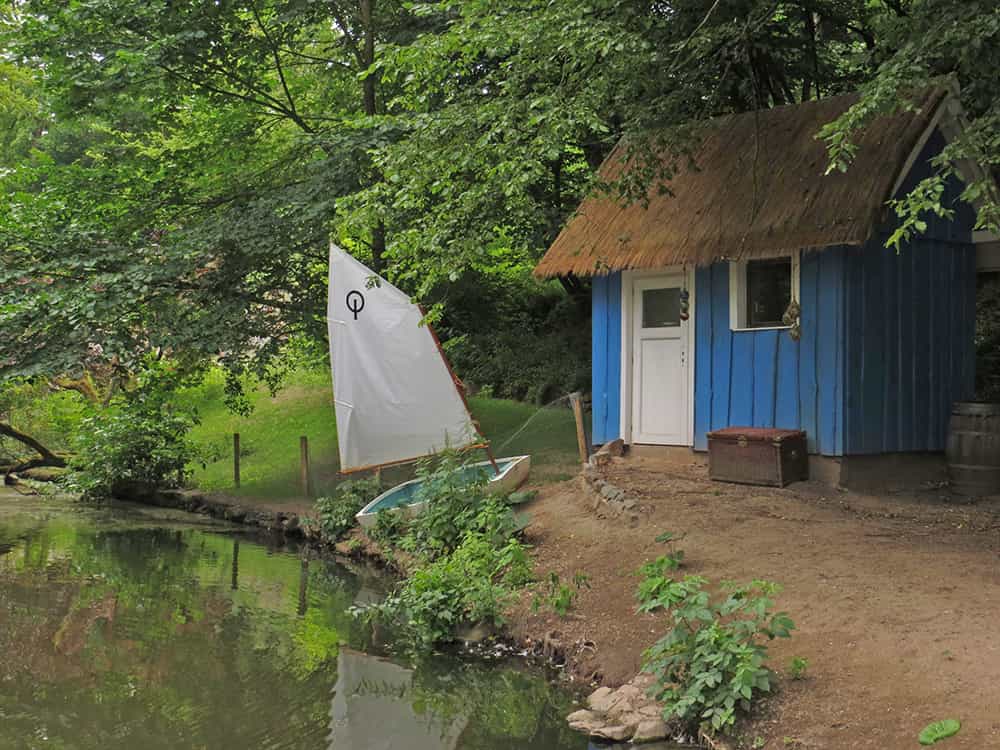Sustainable Backyard Building Solutions
The Eco-Friendly Approach to Backyard Building:
Introduction: In today’s world, where environmental concerns are at the forefront, adopting an eco-friendly approach to backyard building has become increasingly important. By incorporating sustainable practices, you can create a beautiful and functional outdoor space while minimizing your impact on the environment. This article explores various environmentally conscious techniques and materials that can be utilized to build a sustainable backyard.
Green Roofs and Living Walls:
Enhancing Sustainability and Aesthetics Green roofs and living walls have gained popularity as innovative ways to enhance sustainability and aesthetics in backyard construction. A green roof is a layer of vegetation planted on top of a waterproof membrane, providing natural insulation, reducing stormwater runoff, and improving air quality. By utilizing green roofs, you can create a cooler microclimate, reduce energy consumption, and create a habitat for wildlife.
Similarly, living walls, or vertical gardens, offer numerous benefits. These walls are covered with plants that provide insulation, purify the air, and add visual appeal to your backyard. By incorporating green roofs and living walls, you can transform your backyard into a thriving ecosystem that not only benefits the environment but also creates a serene and visually stunning space for relaxation and enjoyment.
Energy-Efficient Options:
Incorporating Solar Panels and Insulation Techniques Energy efficiency plays a vital role in sustainable backyard building. By integrating solar panels into your outdoor space, you can harness the power of the sun to generate electricity, reducing your reliance on non-renewable energy sources. Solar panels can be installed on rooftops, pergolas, or other structures, enabling you to generate clean and renewable energy while lowering your utility bills.
In addition to solar panels, incorporating insulation techniques is essential for energy-efficient backyard construction. Proper insulation helps regulate the temperature, reducing the need for excessive heating or cooling. Utilizing eco-friendly insulation materials, such as recycled denim or cellulose insulation, can significantly improve energy efficiency and contribute to a more sustainable backyard.
Repurposing and Upcycling:
Environmentally Friendly Materials for Construction Repurposing and upcycling materials is a creative and environmentally friendly way to build your backyard. Instead of discarding old items, consider giving them new life by incorporating them into your construction projects. Salvaged wood, reclaimed bricks, and repurposed furniture can add character and uniqueness to your backyard while reducing waste.
Furthermore, using environmentally friendly materials like reclaimed lumber or recycled plastic helps minimize the demand for new resources and reduces the carbon footprint of your backyard construction. These materials can be used for decking, furniture, fences, and other structures, providing durability and sustainability.

Last thoughts:
Adopting an eco-friendly approach to backyard building not only benefits the environment but also creates a healthier and more enjoyable outdoor space for you and your family. Incorporating green roofs and living walls enhances sustainability while adding aesthetic appeal.
Embracing energy-efficient options such as solar panels and insulation techniques reduces reliance on non-renewable energy sources.
Repurposing and upcycling materials contribute to sustainable construction practices and give your backyard a unique charm. By implementing these sustainable backyard building solutions, you can make a positive impact on the environment and create a backyard that you can truly own and be proud of.







